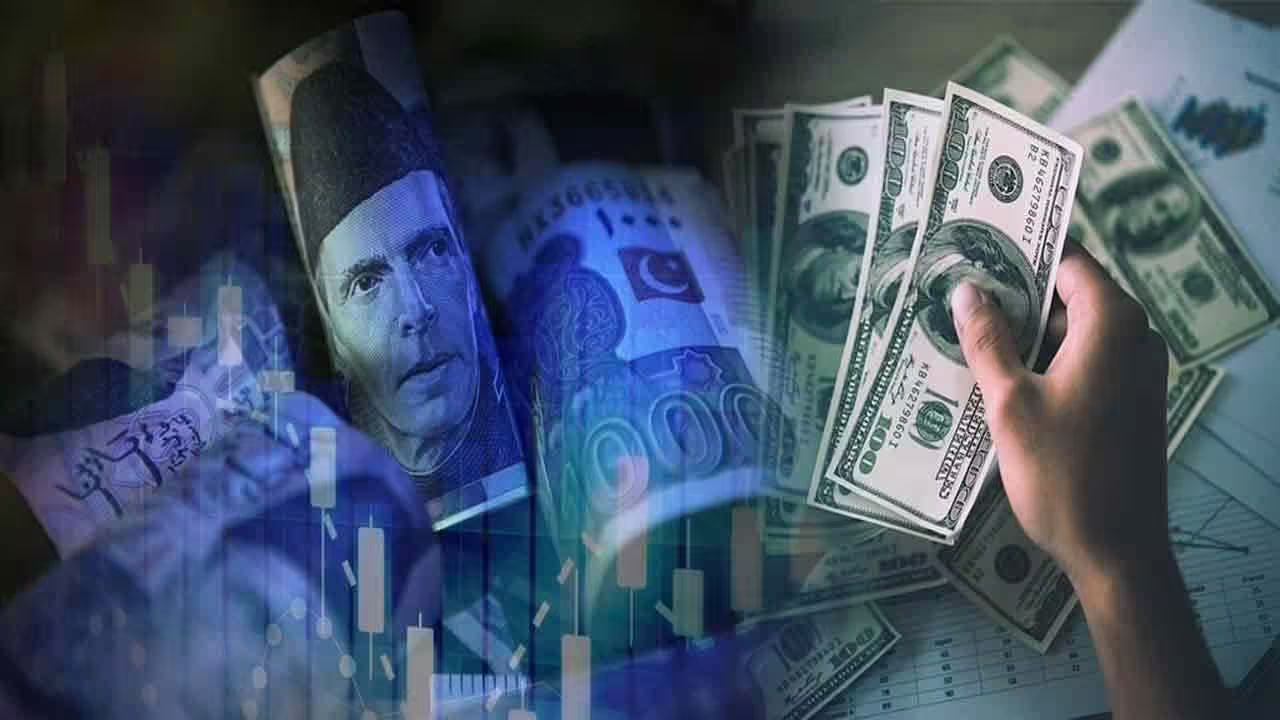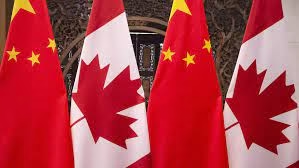On the first day of the business week, a marginal increase of 13 paise was recorded in the price of the American currency within the interbank market, pushing the dollar to close at 278 rupees 63 paise. This slight rise follows a modest decline of 16 paise observed on the last day of the previous business week, when the dollar had settled at 278 rupees 50 paise in the interbank market. Meanwhile, in the open market, the dollar is currently selling at 280 rupees 50 paise.
Understanding Currency Fluctuations
The fluctuations in the value of the dollar within the interbank and open markets are influenced by a variety of factors including supply and demand dynamics, monetary policies, economic indicators, and geopolitical events. These factors can lead to both short-term and long-term changes in currency values, impacting various sectors of the economy.
Interbank Market Dynamics
In the interbank market, where financial institutions trade currencies among themselves, the exchange rate is determined by real-time supply and demand. The recent increase of 13 paise in the dollar price suggests a slight shift in demand or supply conditions. Various elements could contribute to this shift:
Economic Data Releases: Reports on inflation, employment, industrial production, and other economic indicators can significantly influence currency values. Positive data can strengthen a currency, while negative data can weaken it.
Central Bank Policies: Decisions by the State Bank of Pakistan (SBP) regarding interest rates, foreign exchange reserves, and monetary policies play a crucial role. Any intervention by the SBP to stabilize or adjust the currency value can impact the interbank rates.
Global Market Trends: International economic developments, such as changes in the U.S. Federal Reserve policies, trade agreements, or global economic forecasts, can influence the demand for the dollar globally and subsequently within Pakistan.
Open Market Dynamics
The open market, where currencies are traded by individuals and businesses, often reflects a slightly different exchange rate than the interbank market. This market is more susceptible to immediate local demand and supply conditions. The current rate of 280 rupees 50 paise for the dollar in the open market is higher than the interbank rate, indicating a premium that individuals are willing to pay to acquire dollars outside the formal banking system. Factors influencing the open market rate include:
Tourism and Travel: Demand for foreign currencies usually increases with tourism and business travel, especially during peak travel seasons or holiday periods.
Remittances: The inflow and outflow of remittances can affect the open market. Higher remittances typically increase the supply of dollars, potentially lowering the rate.
Speculative Activities: Traders and speculators in the open market may influence the exchange rate based on anticipated changes or market sentiment, driving the rates up or down.
Economic Implications
Fluctuations in the dollar price have wide-reaching implications for the economy:
Import and Export: A stronger dollar makes imports more expensive, potentially increasing the cost of goods and services. Conversely, it can make exports cheaper, benefiting local exporters.
Inflation: Changes in the dollar rate can affect the prices of imported goods, impacting overall inflation. A higher dollar rate can lead to increased costs for imported raw materials and finished products.
Debt Servicing: Pakistan’s foreign debt obligations are denominated in dollars. An increase in the dollar rate raises the cost of servicing this debt, affecting the country’s fiscal balance.
Investment Flows: Currency stability or instability can influence foreign direct investment and portfolio investments. Investors typically prefer stable currency environments, which offer predictable returns.
Policy Measures
To manage currency fluctuations, the government and the SBP may implement several measures:
Monetary Policy Adjustments: By adjusting interest rates and other monetary tools, the SBP can influence the currency value.
Market Interventions: Direct intervention in the currency market, through buying or selling of dollars, can be used to stabilize the exchange rate.
Regulatory Changes: Implementing policies to control speculative activities and ensuring transparency in currency trading can help stabilize the market.
The recent 13 paise increase in the dollar’s interbank rate and its 280 rupees 50 paise price in the open market are reflective of the complex interplay of economic factors and market sentiments. Understanding these dynamics is crucial for businesses, policymakers, and individuals as they navigate the impacts on trade, investment, and economic stability. Ongoing monitoring and responsive policy measures are essential to manage these fluctuations and ensure a balanced economic environment.



